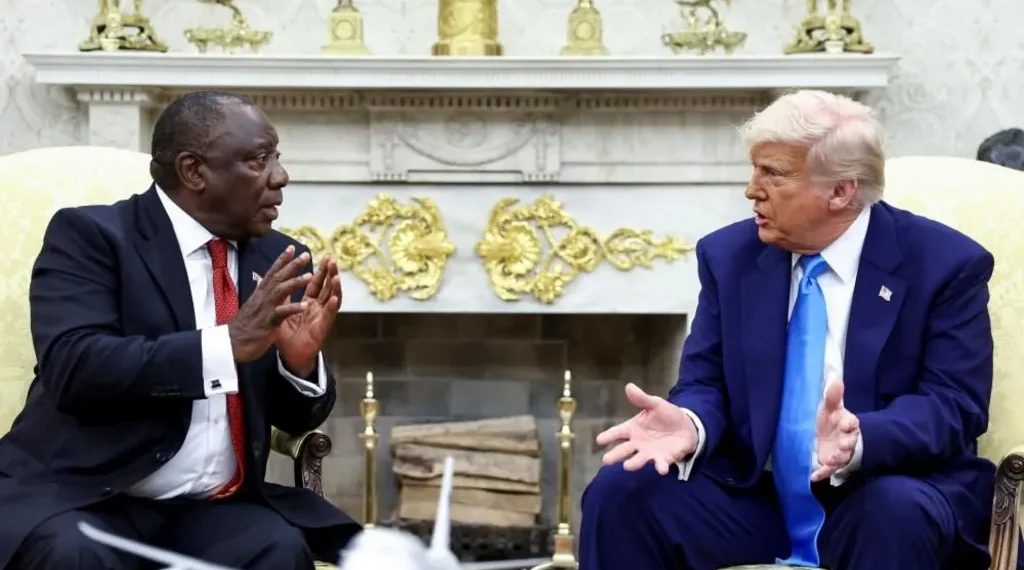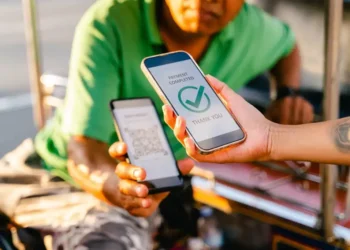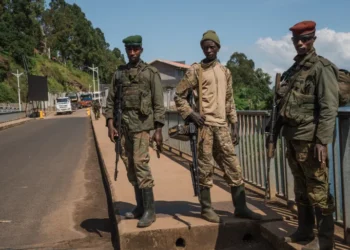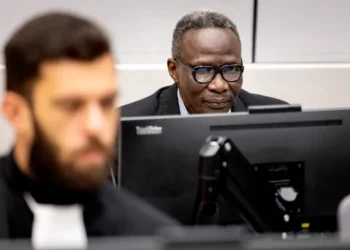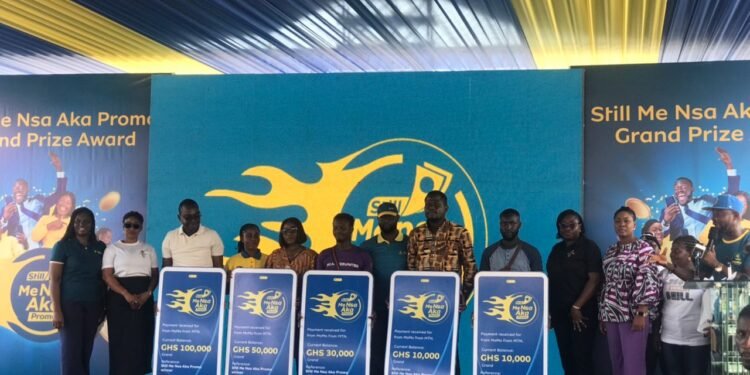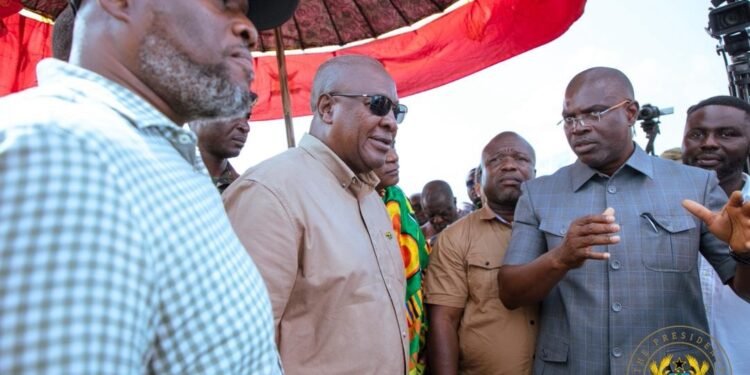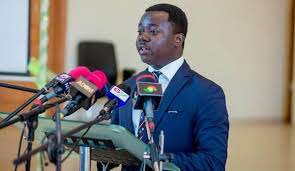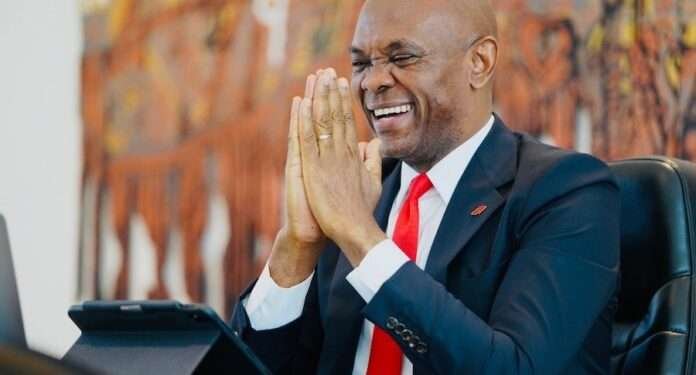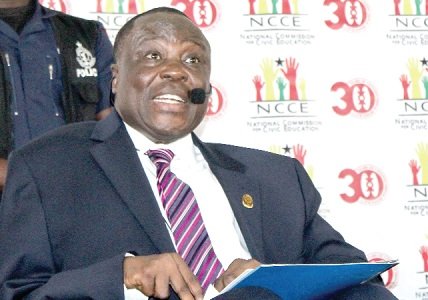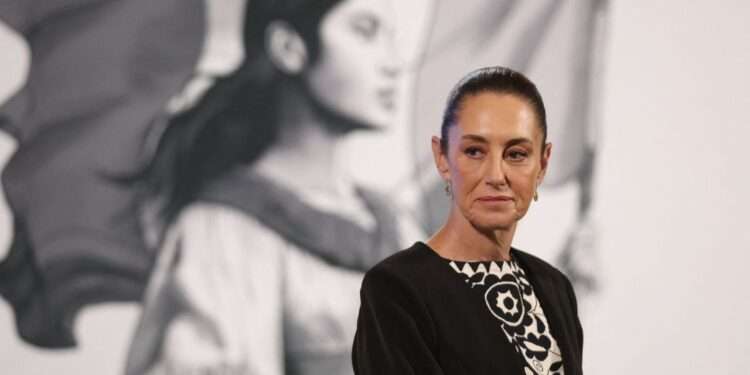The farmer behind a field of white crosses in South Africa, featured in a video shown by President Donald Trump during a White House meeting, has refuted the U.S. president’s claim that the scene depicted a mass burial site for white farmers.
Rob Hoatson, who arranged the temporary tribute, clarified that the display was not a burial ground, but a roadside memorial honouring two neighbours tragically killed on their farm.
Trump played the footage in a high-stakes Oval Office meeting with South African President Cyril Ramaphosa on Wednesday, asserting that the image was evidence of systematic targeting of white farmers. As the video rolled, Trump remarked: “These are burial sites… over 1,000 of white farmers and… those cars aren’t driving, they’re stopped there to pay respects to their family member who was killed.”
Hoatson, a 46-year-old farmer from KwaZulu-Natal, responded by saying he did not object to the video being used without his consent, but felt compelled to correct the misinformation.
“It’s not a burial site, but it was a memorial. It was not a permanent memorial that was erected. It was a temporary memorial.”
Rob Hoatson
The tribute commemorated Glen and Vida Rafferty, aged 63 and 60, who were brutally murdered on their farm in August 2020. Hoatson, who knew the couple personally, said over 2,500 white crosses were lined along both sides of the road near the Raffertys’ property. The memorial has since been dismantled. Two men were convicted of the couple’s murder in 2022.
But Hoatson emphasized that the crux of the issue transcended the symbolism of the memorial. “The big issue here is not really whether it’s a burial site or whether it’s a memorial,” he said, describing farm murders in South Africa as “unacceptable” and “unnecessary.”
During the White House meeting, Ramaphosa acknowledged crime was a pressing issue in South Africa but challenged Trump’s portrayal of white victimhood. “People who do get killed through criminal activity are not only white people, the majority of them are black people,” he noted. South Africa does not release crime data based on race, but government statistics revealed nearly 10,000 murders occurred between October and December 2024. Of those, a dozen were linked to farm attacks, with only one confirmed as a farmer. Five were identified as farm dwellers, and four were likely employees, suggesting most were black South Africans.
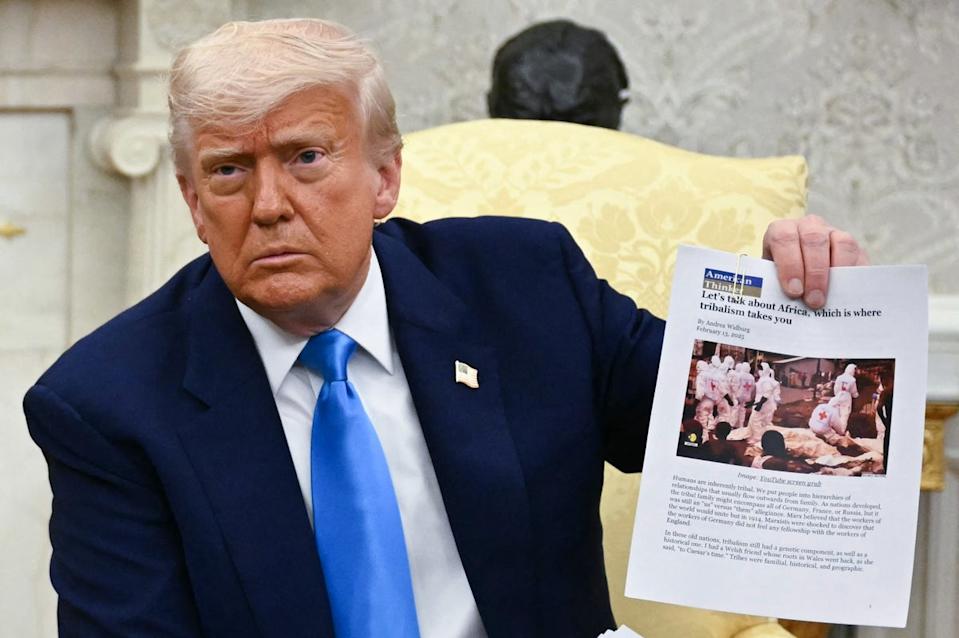
Regarding Trump’s conduct during the meeting, Hoatson said, “I think Trump placed the facts… at the foot of Ramaphosa and asked him to respond to them. And I thought the response was somewhat pitiful. There wasn’t a response.”
“So when President Ramaphosa said he’d never heard of it, he’d never seen it, you know, it was addressed specifically to him. I don’t buy that. I don’t believe that.”
Rob Hoatson
Dispute Over Symbolism Sparks Debate
While some Afrikaner activists applauded Trump for “putting the farm murder crisis on the international agenda,” others urged caution. Pieter du Toit, a prominent Afrikaner political columnist, argued that the incident underscored “months and years of exaggeration, hyperbole and misinformation fed into the American right-wing ecosystem by a range of South African activists.”
The exchange has reignited long-standing tensions around race, land, and crime in South Africa. While Trump’s portrayal appealed to groups concerned about minority rights in the country, it also risked misrepresenting the broader context of crime in a nation grappling with high levels of violence across racial and economic lines.
As debate swirls on both sides of the Atlantic, the incident has exposed how symbols — whether crosses on a roadside or a few seconds of video — can become charged flashpoints in the political arena, shaping narratives far beyond their original intent.
READ ALSO: Foreign Minister Defends Invention of Ghana’s New 5-Day Visa Policy

